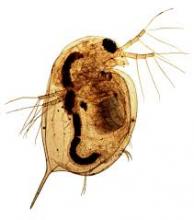The eradication of hunger and malnutrition is an achievable goal - Conclusions in Report of the Special Rapporteur on the right to food, Olivier De Schutter, of 24 January 2014
The eradication of hunger and malnutrition is an achievable goal. Reaching it requires, however, that we move away from business as usual and improve coordination across sectors, across time and across levels of governance. Empowering communities at the local level, in order for them to identify the obstacles that they face and the solutions that suit them best, is a first step. This must be complemented by supportive policies at the national level that ensure the right sequencing between the various policy reforms that are needed, across all relevant sectors, including agriculture, rural development, health, education and social protection. In turn, local-level and national-level policies should benefit from an enabling international environment, in which policies that affect the ability of countries to guarantee the right to food – in the areas of trade, food aid, foreign debt alleviation and development cooperation – are realigned with the imperative of achieving food security and ensuring adequate nutrition.










